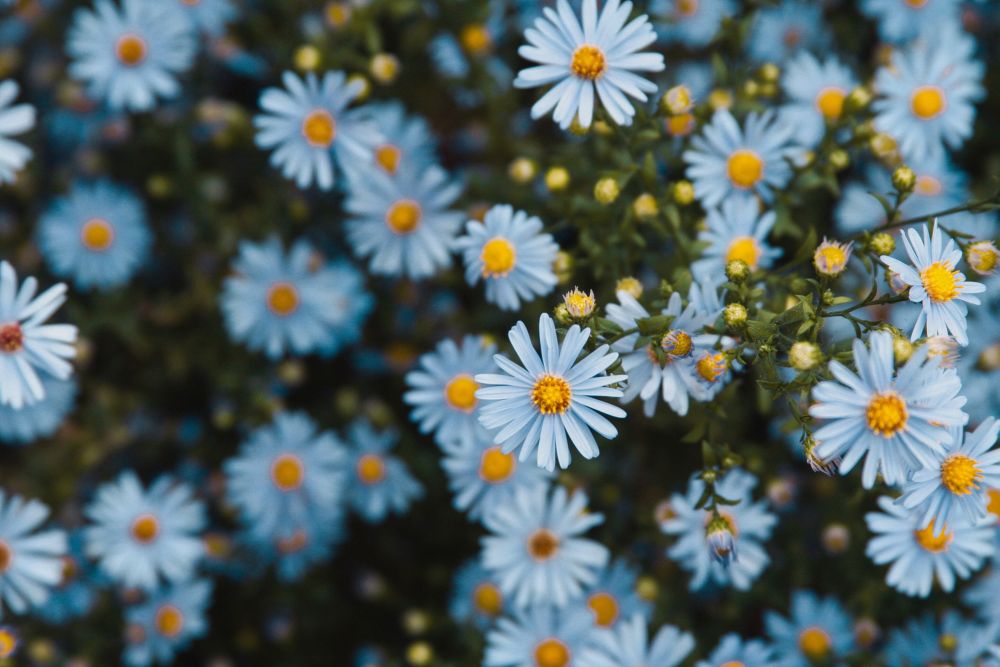This week was all about perennials, and we had a lot to cover. They’re incredible plants with the ability to return to our garden year after year, and even withstand transplanting and division so we can enjoy them even more! Thank you for following our live episodes of GAKidsTV throughout the week, and to those who joined us for this week’s free webinar. Your participation and questions are so appreciated. We even had a lovely viewer from Washington! Hiiiiii!
If you missed out on the webinar or would like a copy of Colin’s slideshow, you’ll find that here: Perennials Powerpoint File
In honour of perennial week, we decided to give one away. We often hear wonderful stories about perennials from our customers. Some have been in the family for generations, some are a source of memories where you planted them with loved ones. What more perfect plant to giveaway than the Iris. This perennial is near and dear to both Colin and I, and reminds us of treasured days gardening with our own parents. We would love to hear your story. Hop onto our Facebook and/or Instagram, click on the post, and take part in that before Monday.
Perennials What is a Perennial?
- A plant that lives longer than two years. It’s further used to distinguish plants with little or no woody growth from trees/shrubs.
- Important for pollinators, soil support, water conservation, and sustainable living.

- Full Sun
- Prolific Bloomers that may require additional water.
- Daisy, Coneflower, Bee Balm, Delphinium, Daylily, Peony, Goldenrod, Iris, Columbine
- Shade Tolerant
- Often prized for their foliage, but use caution with watering as it takes longer to soak in or evaporate.
- Hosta, Ferns, Bleeding Heart, Solomon Seal, Lily of the Valley, Woodruff, Astilbe, Goats Beard, Monks Hood.
- For easy identification at Golden Acre, you’ll find shady perennials displayed under shade cloth.
- Perennial Veggies (Zone 3)
- Rhubarb, Chives, Horseradish, Asparagus
- Soil
- Fertilizer
- Use a good all purpose fertilizer for your perennials.
- Be careful not to over fertilize. Follow the instructions and remember that “less is more, not more is more”.
- Weeding
- Remove weeds from your garden to keep those essential nutrients benefitting your perennials and not unwanted growth.
- Deadheading
- Keep an eye out for blooms that have expired. By removing them, energy returns to the plant allowing it to produce more blooms and focus on producing a strong root system.
- Watering
- Watering varies between sun-loving and shade-loving
- Perennials are an investment, so as your yard changes, you may want to rehome your perennials and enjoy them elsewhere.
- Transplant most perennials in the early spring.
- If it’s an early spring bloomers like Euphorbia or Bleeding Heart, consider saving them for early fall.
- Prep the hole you’ll be transplanting into
- You don’t want the root ball exposed for too long as they’ll run the risk of shock.
- Use a sharp and clean shovel to remove the plant.
- A good rule of thumb: However wide the plant disperses, that’s how wide your dig should be and then work yourself in. You don’t want to cut into the roots too much.
- Plant your perennial and backfill with quality amended soil – 50% existing soil & 50% compost or 33% existing soil & 66% Compost.
- Water your freshly transplanted perennial. Give it a good soak.
- Fertilize with a root boost or transplanter fertilizer.
- Spread the love and try dividing those thriving perennials to fill more of your garden.
- Divide most perennials in the early spring.
- If it’s an early spring bloomers like Euphorbia or Bleeding Heart, consider saving them for early fall.
- Prep the hole you’ll be transplanting into
- Use a sharp and clean shovel to remove the plant and cut into the root ball.
- A good rule of thumb: However wide the plant disperses, that’s how wide your dig should be and then work yourself in.
- Divide the plant cleanly into the root to promote a quicker healing process.
- Plant your perennial and backfill with quality amended soil – 50% existing soil & 50% compost or 33% existing soil & 66% Compost.
- Water your freshly transplanted perennial. Give it a good soak.
- Fertilize with a root boost or transplanter fertilizer.
That’s it for perennials! We will have a follow-up week on Perennials as we get into the growing season so keep an eye out for that!
If you have any questions, please don’t hesitate to reach out. 🙂
Happy gardening!
Brandi

